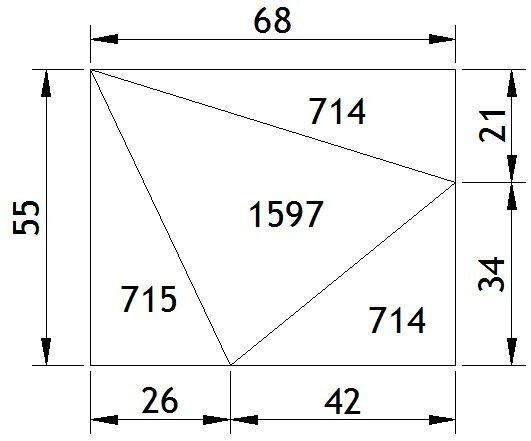Method of solving: Numbers 1, 12 and 15 appear in both lists, so because of rules 1 and 2, they must either be on the top-left-bottom-right diagonal, or in pairs in corresponding position either side of it. Rule 6 means that 1 must be on the top row, so is either in top corner or in corresponding position in top row that 12 is in left-hand column. 1 cannot be in second column, as there are too many numbers for 12 to be in second row. If 1 is in third column or beyond, then either a 2x2 black square appears in the corner, or another number must lie on TLBR diagonal. Neither of these are allowed, so 1 must be in top left corner.
Now 4 across must also be on the top row to mirror 1 across (as 1 across is not allowed to fill the entire row). 4 must either be in 6th column or 7th column, depending on whether 1 across and 4 across are three or four ‘letters’ long. As 4 is across only, and not down, any attempt to make it three ‘letters’ long leads to a contradiction, therefore it is in the 6th column, and the square immediately to the left and below it are black. When you place a white or a black square, you can use rule 2 to transfer it around the grid, and very quickly the grid takes shape.











